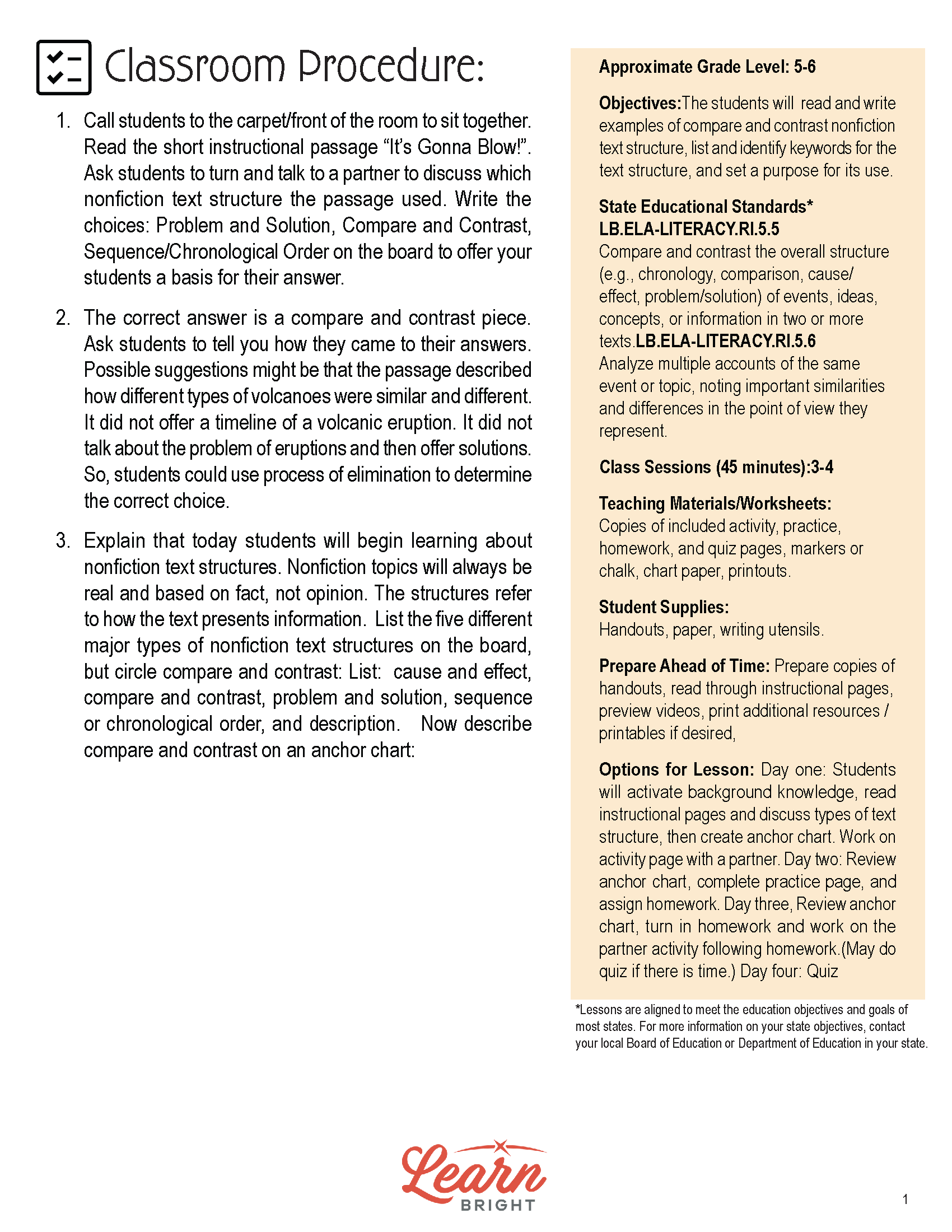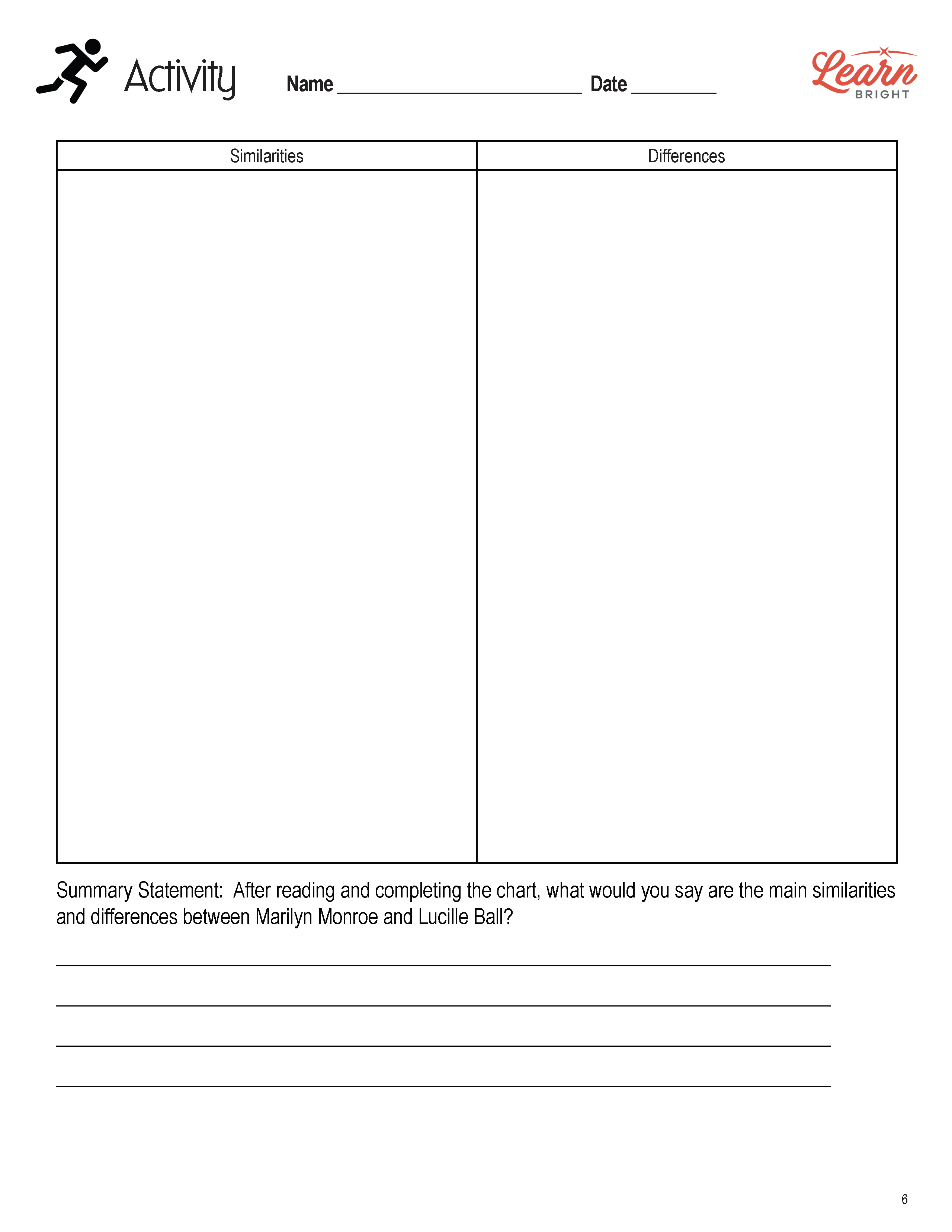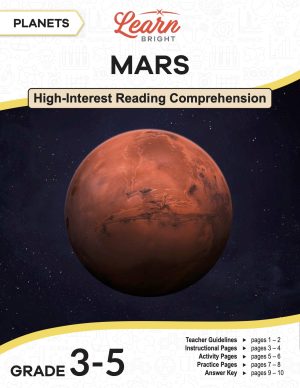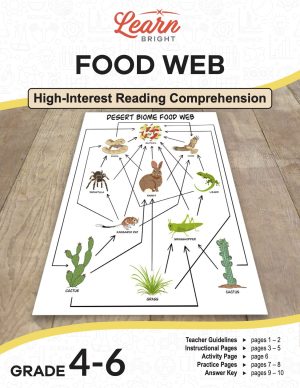Description
What our Compare and Contrast Nonfiction Text Structure lesson plan includes
Lesson Objectives and Overview: Compare and Contrast Nonfiction Text Structure teaches students to read and write examples of compare and contrast nonfiction text structure, list and identify keywords for the text structure, and set a purpose for its use. This lesson is for students in 5th grade and 6th grade.
Classroom Procedure
Every lesson plan provides you with a classroom procedure page that outlines a step-by-step guide to follow. You do not have to follow the guide exactly. The guide helps you organize the lesson and details when to hand out worksheets. It also lists information in the yellow box that you might find useful. You will find the lesson objectives, state standards, and number of class sessions the lesson should take to complete in this area. In addition, it describes the supplies you will need as well as what and how you need to prepare beforehand. The only supplies you will need for this lesson are the handouts, paper, and writing utensils. To prepare for this lesson ahead of time, you can copy the handouts, read through the instruction pages, preview videos, and print any additional resources.
Options for Lesson
The suggestions for this lesson provide a guide for which parts of the lesson you can administer on which of the four days scheduled for the lesson. For example, for day one, it suggests having students activate background knowledge, read the instructional pages and discuss the types of text structure, create an anchor chart, and work on the activity page with a partner.
Teacher Notes
The teacher notes page includes a paragraph with additional guidelines and things to think about as you begin to plan your lesson. It notes that the compare and contrast nonfiction text structure is a very important text structure. Building this skill will also help improve students’ reading comprehension skills.
COMPARE AND CONTRAST NONFICTION TEXT STRUCTURE LESSON PLAN CONTENT PAGES
The Compare and Contrast Nonfiction Text Structure lesson plan does not include any content pages. Rather, it provides a very detailed lesson plan, found on the three Classroom Procedure pages.
COMPARE AND CONTRAST NONFICTION TEXT STRUCTURE LESSON PLAN WORKSHEETS
The Compare and Contrast Nonfiction Text Structure lesson plan includes four worksheets: an activity worksheet, a practice worksheet, a homework assignment, and a quiz. You can refer to the guide on the classroom procedure page to determine when to hand out each worksheet.
T-CHART ACTIVITY WORKSHEET
For the activity worksheet, students will read the provided nonfiction passage, highlighting keywords that show that this passage compares and contrasts information. Next, they will complete a T-Chart, listing the similarities and differences they found.
VENN DIAGRAM PRACTICE WORKSHEET
The practice worksheet asks students to read the provided nonfiction passage, highlighting keywords that show that this passage compares and contrasts information. Next, they will complete a Venn Diagram, listing the similarities and differences they found.
COMPARE AND CONTRAST NONFICTION TEXT STRUCTURE HOMEWORK ASSIGNMENT
For the homework assignment, students will choose two animals or plants in the same family or two people in the same field. They will then write their own short compare and contrast piece. Once they’re done, they will swap papers with their partner and they will read each other’s pieces. Next, they will complete a T-Chart or Venn Diagram based on their partner’s piece.
QUIZ
This lesson includes a quiz that you can use to test students’ understanding of the lesson material. For this quiz, students will first answer a few general questions about comparing and contrasting nonfiction text structure. They will then read a piece of nonfiction text and answer reading comprehension and comparison questions about it.
Worksheet Answer Keys
This lesson plan includes answer keys for the activity worksheet, the practice worksheet, the homework assignment, and the quiz. If you choose to administer the lesson pages to your students via PDF, you will need to save a new file that omits these pages. Otherwise, you can simply print out the applicable pages and keep these as reference for yourself when grading assignments.









